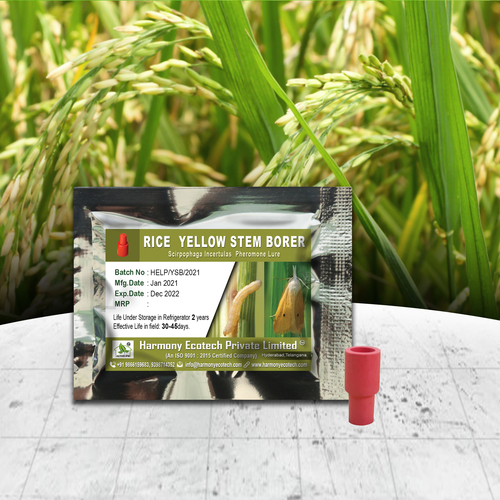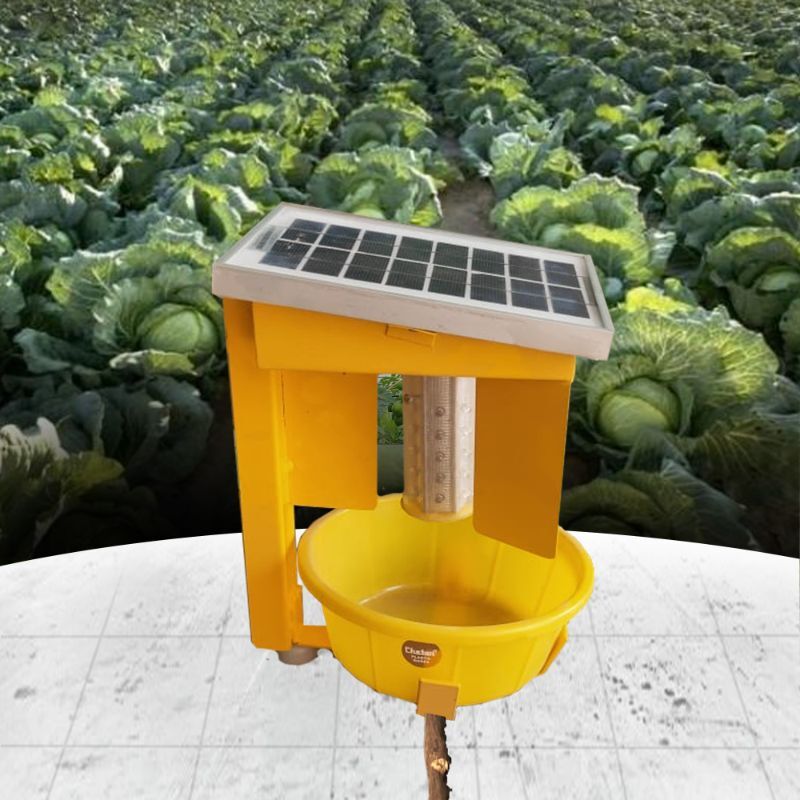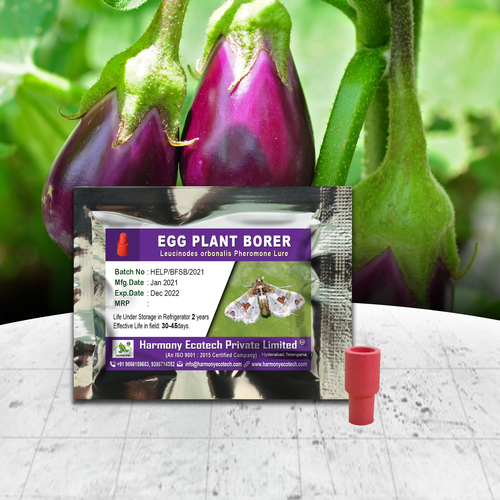Rhinoceros oryctes - Rhino Beetle
Price 12 INR/ Piece
Rhinoceros oryctes - Rhino Beetle Specification
- Odour
- Odourless
- Features
- Biological Pest Control, Non-toxic
- Shelf Life
- Up to 2 Weeks (in containment)
- Coverage Area
- Varies with infestation
- Eco Friendly
- YES
- Active Ingredient
- Live Insect
- Form
- Live Specimen
- Application Method
- Release in Affected Area
- Pest Type
- Larvae and Adult Beetles
- Type
- Rhinoceros Beetle (Oryctes rhinoceros)
- Material
- Natural Insect
- Power Source
- None (Biological Agent)
- Usage
- Agricultural Pest Control
About Rhinoceros oryctes - Rhino Beetle
| Product Name | Rhino Beetle Pheromone Lure |
|---|---|
| Mode of Action | Aggregation Pheromone |
| Active Ingredient | Ethyl 4-Methyl Octanoate |
| Dosage | 400 mg per dispenser / lure |
| Product Description | Polyethylene pouch containing Ethyl 4-Methyl Octanoate loaded in wood Block / Porous PP block. |
| Active Life | Up to 3 months (depending on climatic conditions) |
| Shelf Life | 2-3 years if stored according to the standard protocol. |
Unique Features of Rhino Beetle
The Rhinoceros oryctes is easily identified by its characteristic horn and sizable body, making it distinguishable from other beetles. Its moderate mobility and adaptability to various environments allows for flexible application in agricultural settings.
Storage and Handling Guidelines
To maintain beetle health, keep them in a well-ventilated box and manage temperature within 2035C. When releasing beetles into the field, always wear gloves as a handling precaution to ensure safe and hygienic operations.
Agricultural Benefits
Rhino Beetles contribute to natural pest control by feeding on decaying organic matter and targeting the breeding sites of crop-damaging pests. Their high reproduction rate ensures prolonged effectivity, protecting coconut, oil palm, and sugarcane plantations efficiently.
FAQs of Rhinoceros oryctes - Rhino Beetle:
Q: How should Rhinoceros oryctes be stored before field release?
A: Keep Rhino Beetles in a well-ventilated box under temperatures between 20 and 35C to ensure their health and viability until application in agricultural fields.Q: What is the process for releasing Rhino Beetles in plantations?
A: Release adult beetles directly onto target crops like coconut, oil palm, or sugarcane. Always wear gloves during handling to maintain safety standards and prevent accidental harm.Q: When is the optimal time to introduce Rhino Beetles to control pests in crops?
A: Rhino Beetles can be introduced whenever pest activity is noticed, ideally during the crops active growing season or when decaying matter and pest breeding sites become evident.Q: Where are Rhino Beetles most beneficial for pest control?
A: These beetles are particularly effective in coconut, oil palm, and sugarcane plantations, where they disrupt pest breeding cycles by feeding on organic debris and reducing pest populations.Q: What benefits do Rhino Beetles provide to agricultural environments?
A: By feeding on decaying matter and breeding sites, Rhino Beetles naturally reduce pest populations and contribute to healthier crop yield without chemical intervention.Q: How can Rhino Beetles be identified?
A: Adult Rhinoceros oryctes feature a distinctive horn on their head and a dark brown to black exoskeleton, and typically measure 4060 mm in length.

Price:
- 50
- 100
- 200
- 250
- 500
- 1000+
More Products in Pheromone Lures Category
Plutella Xylostella - Diamond Back Moth
Price 10 INR / Piece
Minimum Order Quantity : 100
Pest Type : Others, Plutella xylostella (Diamond Back Moth)
Type : Others, Biological Pest Control Insect
Material : Biological agent (live natural enemy/parasitic wasp)
Usage : Biological control of Diamond Back Moth in cruciferous crops
Scirpophaga incertulas - Yellow Stem Borer
Price 12 INR / Piece
Minimum Order Quantity : 100
Pest Type : Others, Yellow Stem Borer (Rice Pest)
Type : Others, Insect Pest Sample
Material : Pest Specimen (Insect)
Usage : Reference, Laboratory Study, Agricultural Research, Pest Identification
Sun Shine - Solar Light Trap
Price 2300.00 INR / Number
Minimum Order Quantity : 100
Pest Type : Flies, Mosquitoes
Type : Traps
Material : Plastic
Usage : Insect Trap
Leucinodes Orbonalis - Fruit and Shoot Borer
Price 20 INR / Piece
Minimum Order Quantity : 1000
Pest Type : Others, Leucinodes Orbonalis Fruit and Shoot Borer
Type : Others, Pheromone Trap
Material : Polyethylene
Usage : Monitoring and controlling eggplant fruit and shoot borer

 Send Inquiry
Send Inquiry






 English
English Spanish
Spanish French
French German
German Italian
Italian Chinese (Simplified)
Chinese (Simplified) Japanese
Japanese Korean
Korean Arabic
Arabic Portuguese
Portuguese